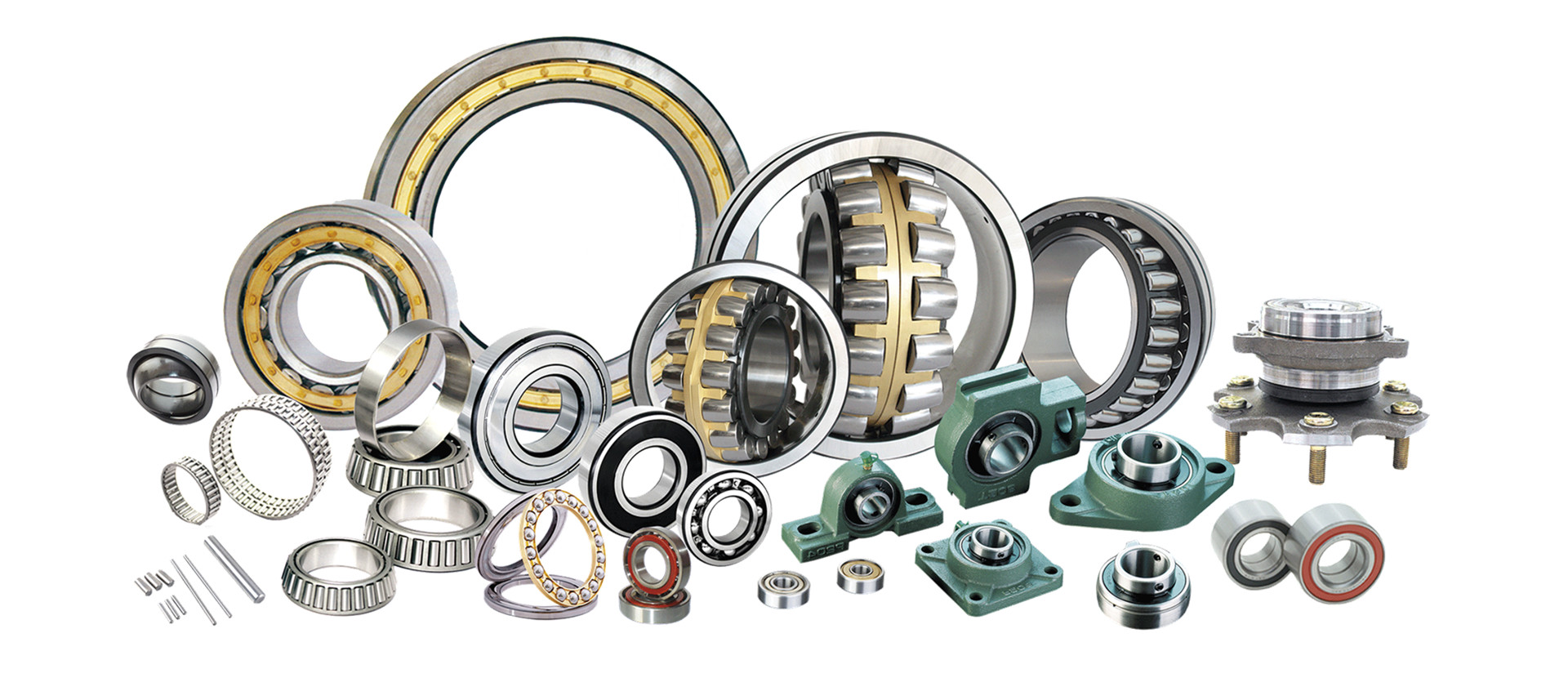Bearing vibration damage should pay attention to several major issues
Generation of vibrations in bearings Generally speaking, rolling bearings themselves do not generate noise. What is often perceived as “bearing noise” is actually the acoustic effect of the bearing vibrating directly or indirectly with the surrounding structure. This is why many times a noise problem can be considered a vibration problem involving the entire bearing application.
(1) Excitement caused by changes in the number of loaded rolling elements: When a radial load is loaded on a certain bearing, the number of rolling elements carrying the load will change slightly during operation, which causes a shift in the load direction . The resulting vibrations are unavoidable but can be mitigated by axial preloading, which is applied to all rolling elements (not applicable to cylindrical roller bearings).
(2) Partial damage: A small part of the bearing raceways and rolling elements may be damaged due to incorrect operation or installation. During operation, rolling over damaged bearing components generates specific vibration frequencies. Vibration frequency analysis identifies damaged bearing components. This principle has been applied in condition monitoring equipment to detect bearing damage. To calculate the bearing frequency, see the calculation program “Bearing frequency”. the
(3) Accuracy of related parts: In the case of a tight fit between the bearing ring and the bearing housing or the transmission shaft, the bearing ring may be deformed by matching the shape of the adjacent parts. If deformed, vibrations may occur during operation. the
(4) Pollutants: If it operates in a polluted environment, impurities may enter the bearing and be crushed by the rolling elements. The degree of vibration produced depends on the number, size and composition of the crushed foreign particles. Although it does not produce a typical frequency pattern, a disturbing noise can be heard.
The reasons for the noise generated by rolling bearings are more complicated. One is the wear of the mating surfaces of the inner and outer rings of the bearing. Due to this wear and tear, the matching relationship between the bearing and the housing, and the bearing and the shaft is destroyed, causing the axis to deviate from the correct position, and abnormal noise is generated when the shaft moves at high speed. When the bearing is fatigued, the metal on its surface will peel off, which will also increase the radial clearance of the bearing and produce abnormal noise. In addition, insufficient bearing lubrication, dry friction, and broken bearings will all produce abnormal sounds. After the bearing is worn and loose, the cage is loose and damaged, and abnormal noise will also occur.
Any bearings news please click our HOME page.
